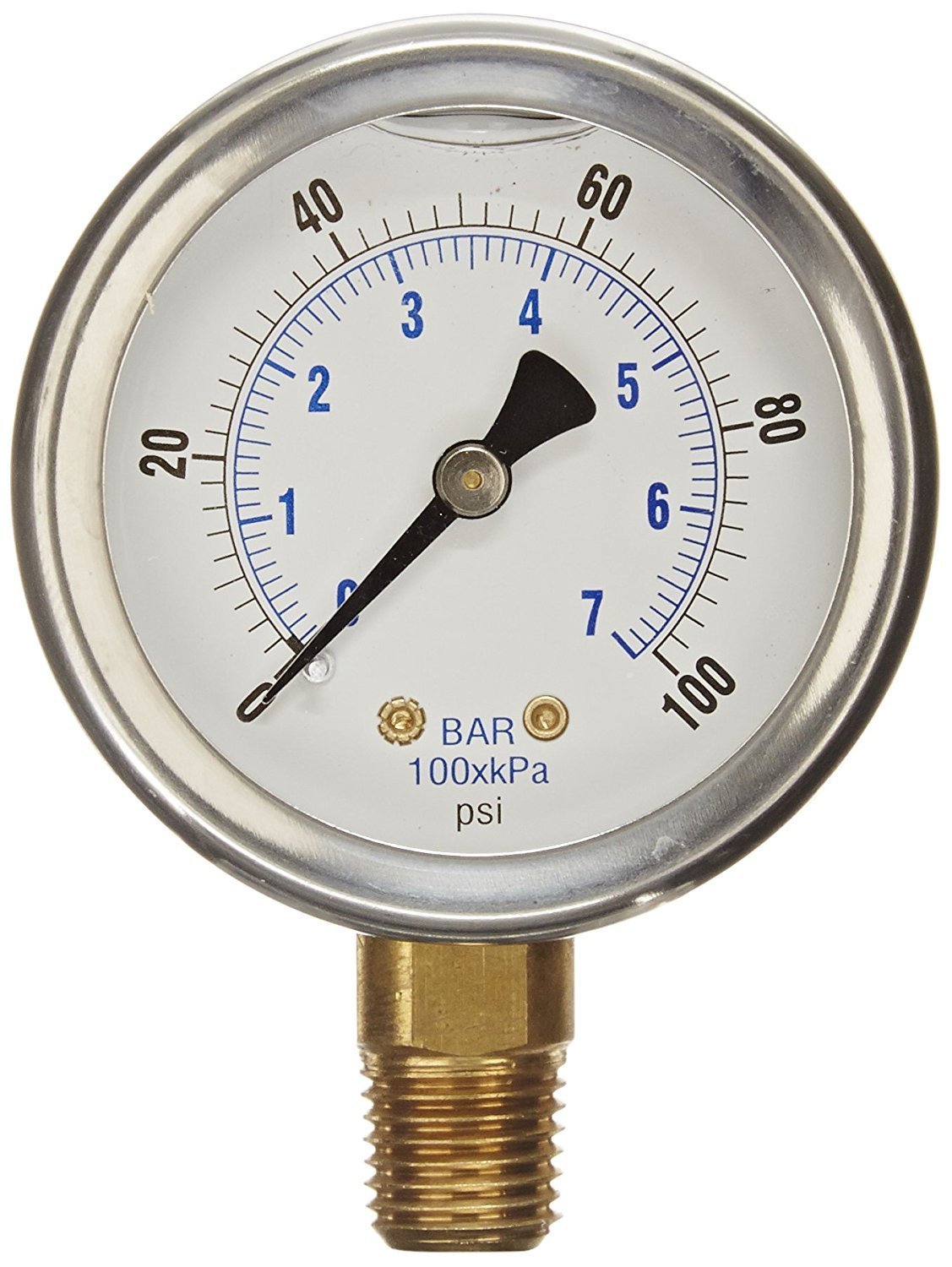Kevitits created two project designs so that we may have a standard test setup for the various temperature monitors, each featuring the same interface and connector layout. One of these projects is intended for use with digital temperature measurement, while the other is intended for use with analogue temperature sensors. In this tutorial, we'll utilise both, with the digital designed with the objective for an increased Resistant Temperature Detector Suppliers in Bahrain and the analogue template for everything else. At the conclusion of the series, we'll create two host boards for these sensor cards, one intended to evaluate a particular device for validity and the other to interact with a stack of them.
Resistance Temperature, have a something with to thermistors but are typically more efficient. While a thermistor with a tolerance of 1% is deemed accurate and acceptable, an RTD sensor with a tolerance of 0.1% is not unusual. The expenses of an RTD sensor are much more than those of a thermistor, but this is the price to pay for greater precision. In addition to having tighter tolerances than the thermistors discussed in the NTC Thermistor section kevitits.com, an RTD sensor has a considerably more linear temperatures curve, making use of the resistance values much more straightforward.






























